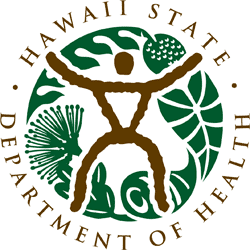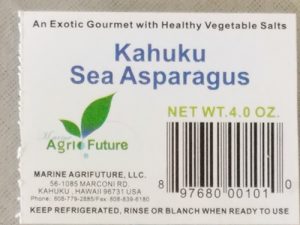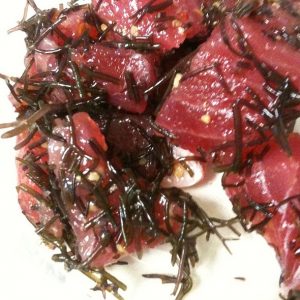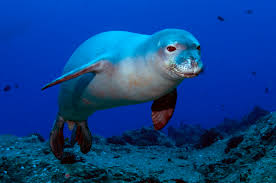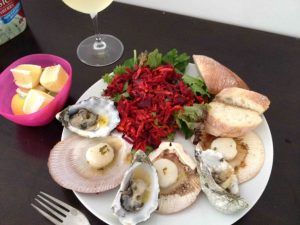In Hawaii, one of the testing labs certified by the state to check the quality of medical marijuana said they found contamination in more than half of the samples from the black market.
 The lab, Steep Hill Hawaii, says over 50 percent of the black market product had contaminants that included mold, yeast, and pesticides.
The lab, Steep Hill Hawaii, says over 50 percent of the black market product had contaminants that included mold, yeast, and pesticides.
The lab says that doesn’t mean all homegrown products are bad, but patients should be aware of what’s in their medicine.
“I personally was shocked to find out how much stuff was in black market cannabis that you would never expect. E. coli, which comes from fecal matter. Salmonella, which comes from raw egg and chicken. We found that on product we tested,” said Michael Covington, of Steep Hill Hawaii.
In Canada, CannaDrinks may be all the rage in some parts of the world, but there are some serious health concerns surrounding new products being formulated.
Sure it sounds cool, to order some cannabis-infused drinks at the bar for you and your buddies. However, a leading food safety expert is warning that these cool drinks may be dangerous, and the public (apparently) needs to take note.
While a $245 million deal was penned between Constellation Brands and Canopy Growth last week, for a 10 percent stake of CP, Canada’s largest cannabis producer, to produce the new CannaDrinks, Rick Holley claims the drinks are problematic, “[Producers] could screw this all up if they don’t get into the mechanics of how to safely prepare and develop new food products,” he said, adding, “They could kill people!”
BNN reported that Constellation Brands told them via email that the company, “has a long-standing commitment to producing products with the highest quality standards and that comply with all regulations.”
According to Lawrence Goodridge, a McGill University food safety expert (Larry, you’re an expert), alcohol has the advantage of killing bacteria and toxins in sealed bottles or cans, whereas cannabis-infused products may not, “Because cannabis is a plant, there are certain concerns — like the possibility of pesticides used in production, or the type of fertilizer used, or the potential presence of heavy metals that could be toxic to humans,” said Goodridge, adding that, “Bacteria like e-coli or listeria that could be on the plant and that could make it onto the food, whether it is drinks or edibles, the risk is the same — but alcohol is special because we know that helps to kill some of those toxins.”
Also, Sikora et al. identified a case of Hepatitis A associated with cannabis use.
We identified a case of acute Hepatitis A virus (HAV) infection linked to cannabis use. The local Public Health department received report of a man in his mid-20s with a classic presentation of hepatitis – jaundice, abdominal pain, vomiting, general malaise, and dark urine – as well as elevated serum aminotransferase levels and a positive anti-HAV IgM. Upon questioning, he reported no contact with ill individuals, or travel outside his metropolitan area. His exclusive source of water was the local municipal supply. He reported consuming mainly pre-packaged lower risk foods from large chain-style supermarket stores and eating at several local restaurants. While administering the questionnaire, the investigator identified that the patient smoked cannabis. Upon request, the patient agreed to provide a sample of cannabis for testing purposes. A viral elution of fresh cannabis leaves was completed. The sequences derived from the patient’s serum sample and the eluate from the cannabis leaves were identical, but did not match any other HAV sub-genotype 1B sequences from Canadian isolates within the National Microbiology Laboratory database. Hepatitis A virus can survive >60 days when dried and kept at room temperature and low humidity; HAV can remain infectious in water at room temperature for 300 days. It cannot be concluded with certainty that the cannabis was the source of the hepatitis A; however, as other sources were excluded, or were of lesser probability, the association of cannabis with his disease acquisition remains strong.
 It could turn out quite badly.
It could turn out quite badly. The recent Hawaii health department notice states that it does inform travellers visiting Hawaii about the disease through signage, but acknowledges it needs to do better. “We recognise that there is more work to be done in educating residents and visitors and making sure they know how to prevent the spread of this disease,” the notice reads.
The recent Hawaii health department notice states that it does inform travellers visiting Hawaii about the disease through signage, but acknowledges it needs to do better. “We recognise that there is more work to be done in educating residents and visitors and making sure they know how to prevent the spread of this disease,” the notice reads.

